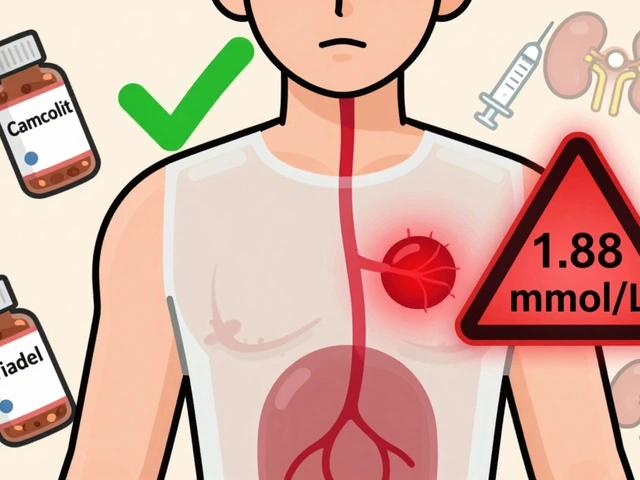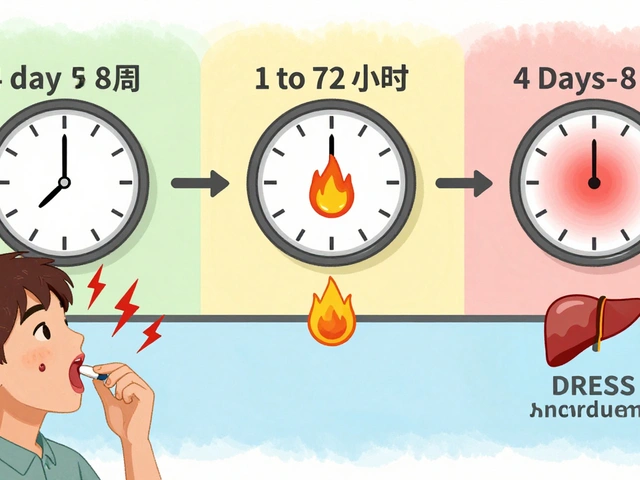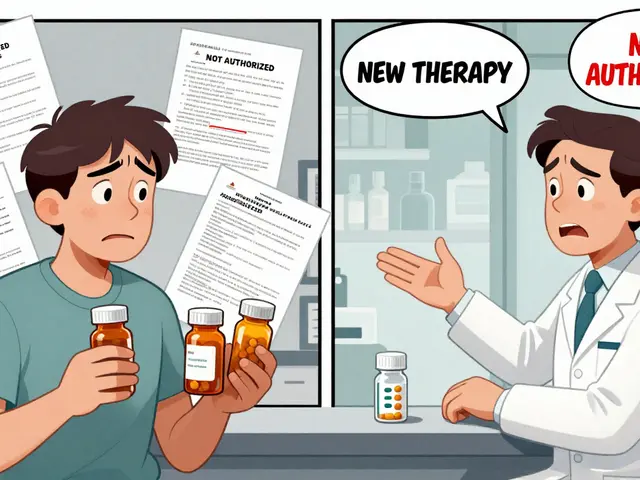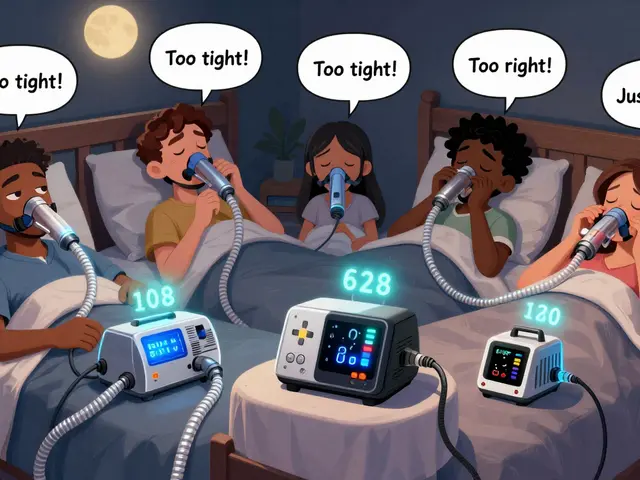Physical activity: simple ways to move more every day
Physical activity helps your body, mood, and sleep. You don’t need a gym or fancy gear to get benefits. Short bursts of movement add up and keep you healthier.
Start small and be realistic. Aim for 30 minutes a day most days, or 150 minutes of moderate activity a week. If that sounds too much, break it into three 10-minute walks, a brisk march while you brush your teeth, or two 15-minute bike rides. Add two short strength sessions weekly using bodyweight moves like squats, lunges, push-ups, or chair dips.
Pick activities you enjoy. Walking, cycling, swimming, dancing, gardening, or playing with kids all count. If you have joint pain, choose low-impact options like swimming or cycling. For stubborn knee or hip issues, supplements such as glucosamine hydrochloride can help some people—talk to your clinician before trying anything new.
Build movement into routines. Walk or bike for short errands. Take stairs instead of elevators. Stand and stretch every 30 minutes at work. Do calf raises while you wait for the kettle. Use a resistance band during TV ads. Little changes keep you consistent.
Watch safety and pacing. Warm up with light marching or arm circles for five minutes. Finish with gentle stretches for tight muscles. Start at a pace where you can hold a short conversation and increase intensity gradually. If you feel chest pain, sudden breathlessness, dizziness, or fainting, stop and seek medical help.
Keep an eye on medications and health issues. Some blood pressure drugs can cause lightheadedness when you stand up fast; take it slower when starting activity. If you use diabetes medicines, monitor blood sugar before and after exercise—activity can lower glucose. People on blood thinners, recent surgery patients, or those with heart conditions should check with their doctor before boosting activity levels.
Set simple, measurable goals. Instead of saying “get fit,” aim for “walk 3 times this week for 20 minutes” or “do two strength sessions of 15 minutes.” Track progress with a calendar or your phone. Celebrate small wins—more energy, fewer evening cravings, better sleep.
Mix it up to avoid boredom and plateaus. Alternate cardio, strength, and mobility work. Try interval bursts (easy walk for 2 minutes, brisk walk for 1 minute) to raise fitness fast. Add balance drills like standing on one leg while brushing teeth—tiny habits that matter.
If you’re rehabbing injury or managing chronic conditions, lean on professionals. Physical therapists give safe progressions and technique tips. Pharmacists and doctors can flag medication interactions or side effects that affect your exercise plan.
Use tools that keep you honest: a simple pedometer, phone app, or a local walking group. Free park classes or community center sessions can boost motivation. Invite a friend for accountability and pick a fixed weekday to meet. Small social ties help you stick with activity more than willpower alone. Start now.
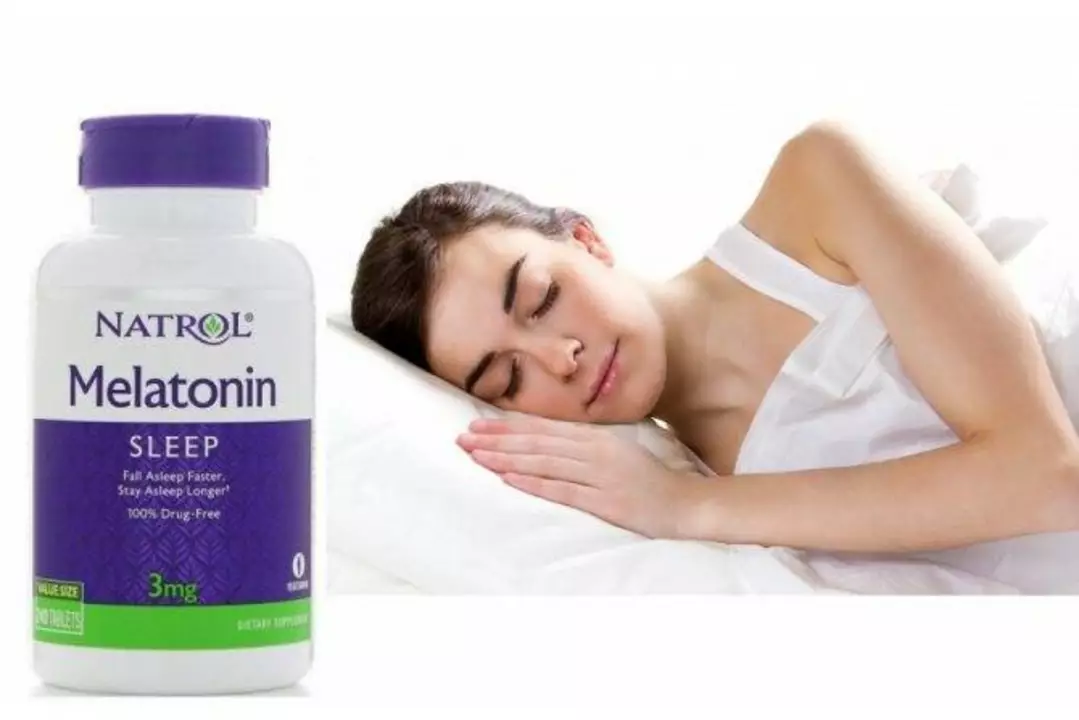
Melatonin and Exercise: How Physical Activity Affects Sleep Hormones
As a blogger, I recently delved into the fascinating connection between melatonin and exercise. It turns out that engaging in regular physical activity has a significant impact on our sleep hormones, particularly melatonin. Studies have shown that exercising, especially in the morning or afternoon, can help regulate melatonin production, leading to improved sleep quality and overall well-being. However, it's essential to avoid intense workouts close to bedtime, as it can disrupt melatonin production and negatively impact sleep. So, let's all get moving and enjoy the benefits of better sleep and a healthier lifestyle!
View More

